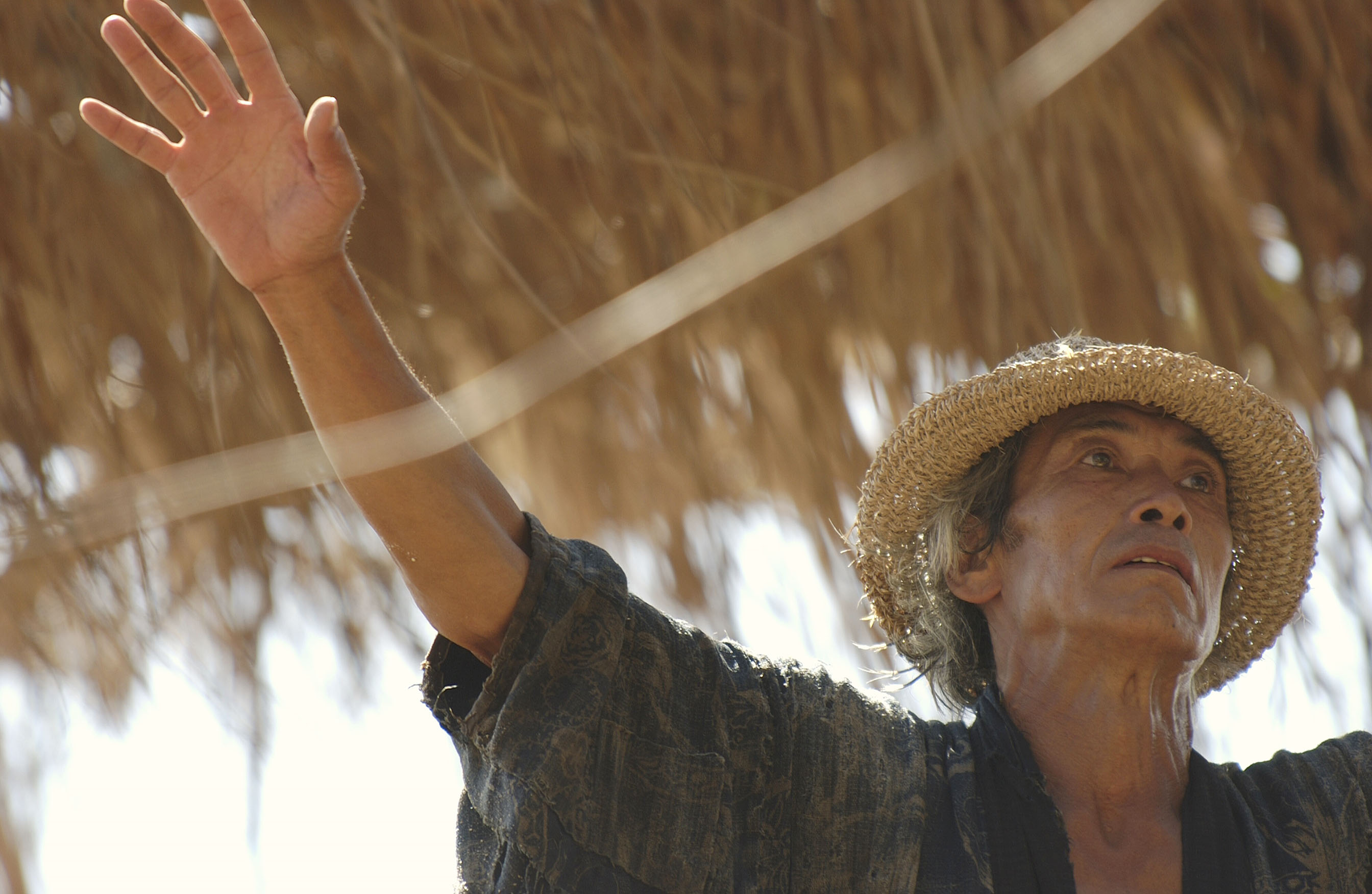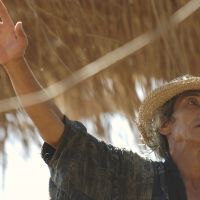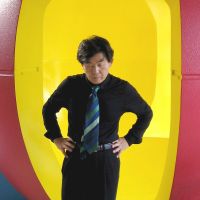Shusaku Arakawa (1936-2010) was an enigmatic man. The late Japan-born, New York-based artist and his partner, Madeline Gins, once jointly declared they had decided "not to die," and even added that it was "immoral" for people to have to die. Based on their philosophy, the two created a series of houses and other structures that they claimed would enable humans to achieve immortality. Then on May 19, 2010, Arakawa passed away in a Manhattan hospital at the age of 73.
In memory of the second anniversary of his passing, a special dance performance will be held on May 19 at the Site of Reversible Destiny, Yoro Park, a sprawling outdoor park in western Gifu Prefecture conceived by Arakawa. Featured in the performance will be Min Tanaka, known in Japan and abroad for his style of impromptu dance, which expresses the links between the origins of dance and farming.
From May 17 until July 1, some of Arakawa's works will also be exhibited at the Museum of Fine Arts in the city of Gifu. In addition to the Gifu show, the Nagoya City Art Museum will continue to host an exhibition of Arakawa's works from the 1960s. It will continue through May 20.
Tanaka's performance will start at the Site of Reversible Destiny, Yoro Park in Gifu Prefecture at 3 p.m. on May 19 (take the JR Tokaido Line or Kintetsu Yoro Line and get off at Yoro Station. The park is a 10-minute walk from the station). Admission to the park is ¥710 for adults, ¥510 for senior high school students and ¥300 for those who are younger. For more information, visit www.architectural-body.com/event.html.




















With your current subscription plan you can comment on stories. However, before writing your first comment, please create a display name in the Profile section of your subscriber account page.